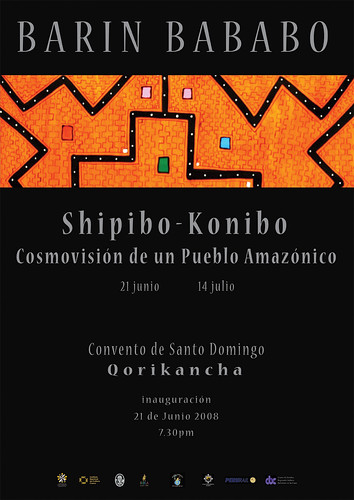Andean Women Learning To Read In Quechua & Spanish
A recent article by Flor Huilca, a Cuzco correspondent for La República newspaper, profiled Andean women who leave their homes and fields to head to class with their children and learn to read in Quechua and Spanish.
As Huilco writes: "It is never too late to learn. Robertina, Juanita, Cristina, and Jesusa, all women from native communities in Espinar, know this all too well and have decided to attend literacy class once a week."
For the first time, these women can read and write their and their children's names, as well as signs they encounter.
According to Huilco, some women "like Juana Huacarpuma may take a while to syllabicate Quechua words like simi (language, mouth), sipas (young woman), and sisi (ant) but her reward is undeniable. At 42, this was the first time Juana had ever entered a classroom and sat at a desk." Some of her classmates walk two hours each way to class.
Huilco explains Huacarpuma had never been sent to school by her parents, but finally, as an adult, she enrolled in the literacy program at K'anamarca Espinar.
She says she's learning, "little by little". Learning to hold and control the pencil was a challenge at first, but it is no longer.
Interestingly, even though she is fluent in Quechua, she thinks she reads and writes better in Spanish, since she always thought, "Quechua was just for speaking, not for writing." Now, Juana can read and write and help her children with their homework.
Huilco also tells the story of Cristina Kataca who had gone to school as a child but had forgotten almost everything. She could read slowly, write her name and her Peruvian identification card number, she knew how to sign her name, but she wouldn't dare to try anything else. After six months of classes, she has advanced considerably in reading and writing.
There is something poignant about the struggle of these women to attain literacy, something so many of us take for granted.
According to the article, 73% of 175,000 illiterate people in the Cuzco region are women, usually living in extreme poverty.
The regional government is trying to create a year-long program, which consists of ten units in Spanish and four in Quechua. Materials used reflect the reality of the communities where the program is being implemented.
Read the entire article at this link.
Participan mujeres de toda edad.






















